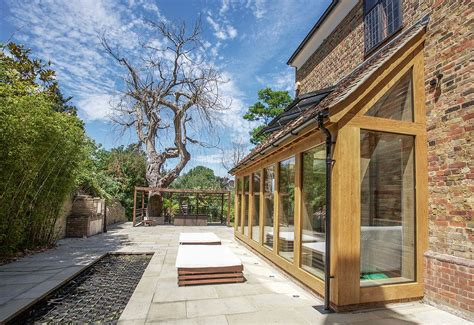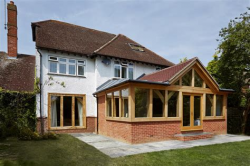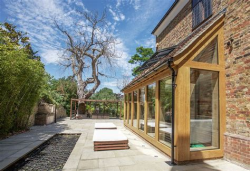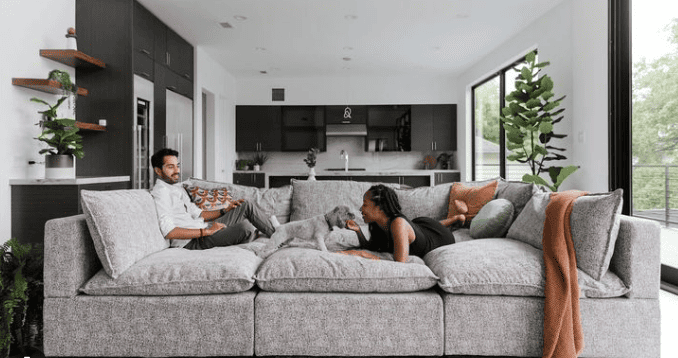Choosing the right materials for your extension is an important process. While some materials are more suitable for extensions than others, there are certain considerations. For example, you must make sure that the new structure is sympathetic to the existing building. Alternatively, you can choose to contrast it. In either case, the material you choose must complement the surrounding architecture. There are many options for the exterior finish of your extension.
One of the most common materials for extensions is brick. However, there are other materials such as glass, timber, and copper. Each of these materials has its own characteristics and visual effects. You should take into account your budget and style to choose the best option. Dark metal cladding is a practical, durable choice, and it plays well against the original building’s brick. While glass is a popular option, it is not appropriate for every extension.
While glass is an attractive choice for extensions, it can be too bright and overpowering in strong sunlight. You will also need to make sure that you meet energy efficiency standards. Besides, if you’re looking for a blend of modern and antique materials, you should choose a material that can tell the history of your house. You can go for a combination of steel and timber on glass to create a subtle, elegant effect. For more details on an Oak Conservatory, go to a site such as Timberpride Oak Conservatory
Any extension must meet fire regulations. While most building materials are fire resistant, you must make sure that any exposed structural components are adequately protected. You might need to install skimmed plasterboard on the walls if they’re open to strong sunlight. A recessed lighting system could also require a fire hood. Likewise, modern timber-frame wall panels have integral cavity barriers that protect the house from heat.
Some materials are better suited for an extension than others. For example, it is better to opt for a reclaimed brick instead of a new building. It’s also better for the environment and your pocket. This way, you’ll be able to save money on energy costs while enhancing your home’s appeal.
When choosing a material for your extension, you should consider the needs of the house and the feel you’re trying to create. Remember that an extension that is too small will make your home feel smaller. For this reason, it’s important to consider the dimensions of the extension before choosing a material. It’s also important to consider the roof covering and its location.






